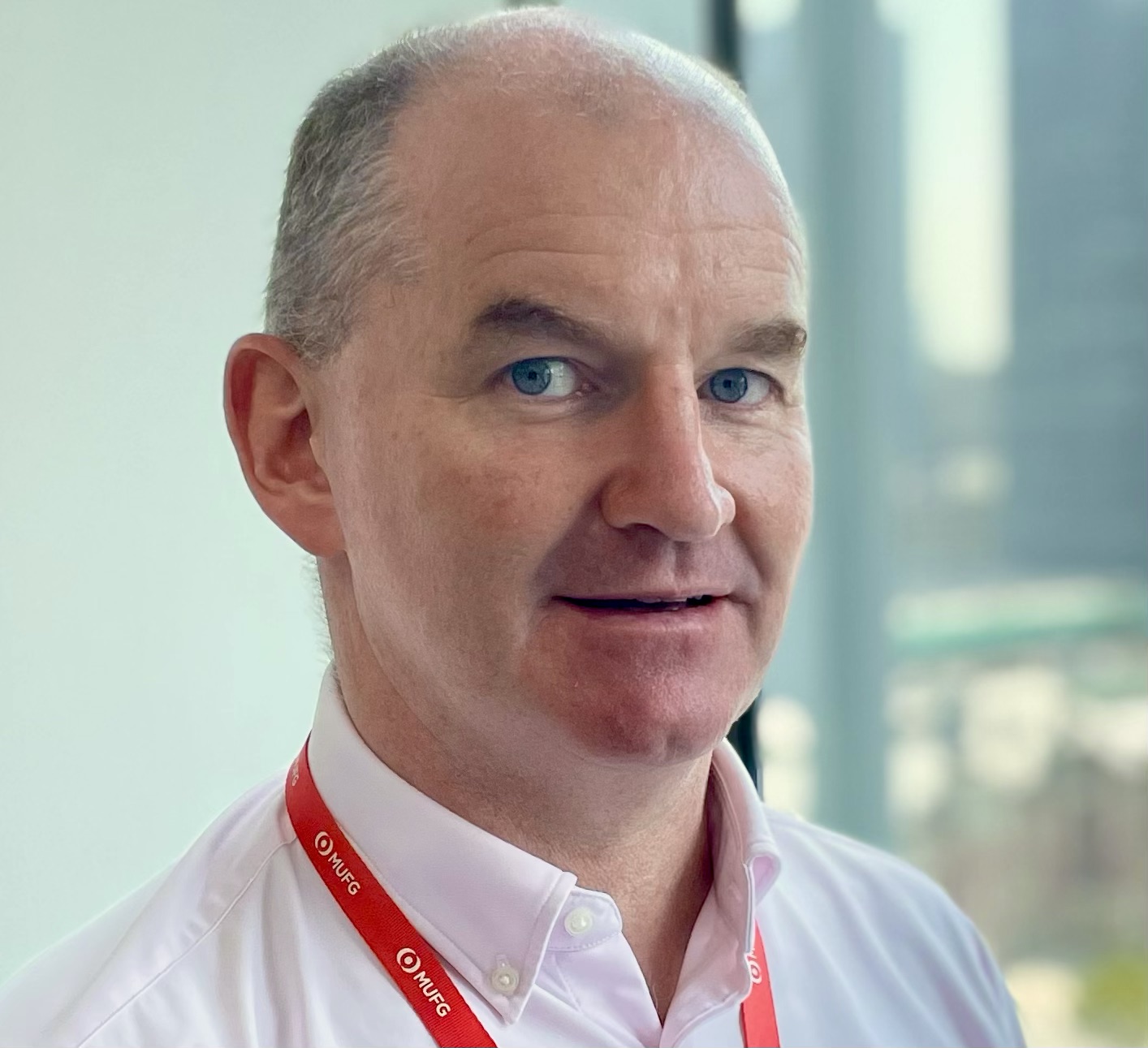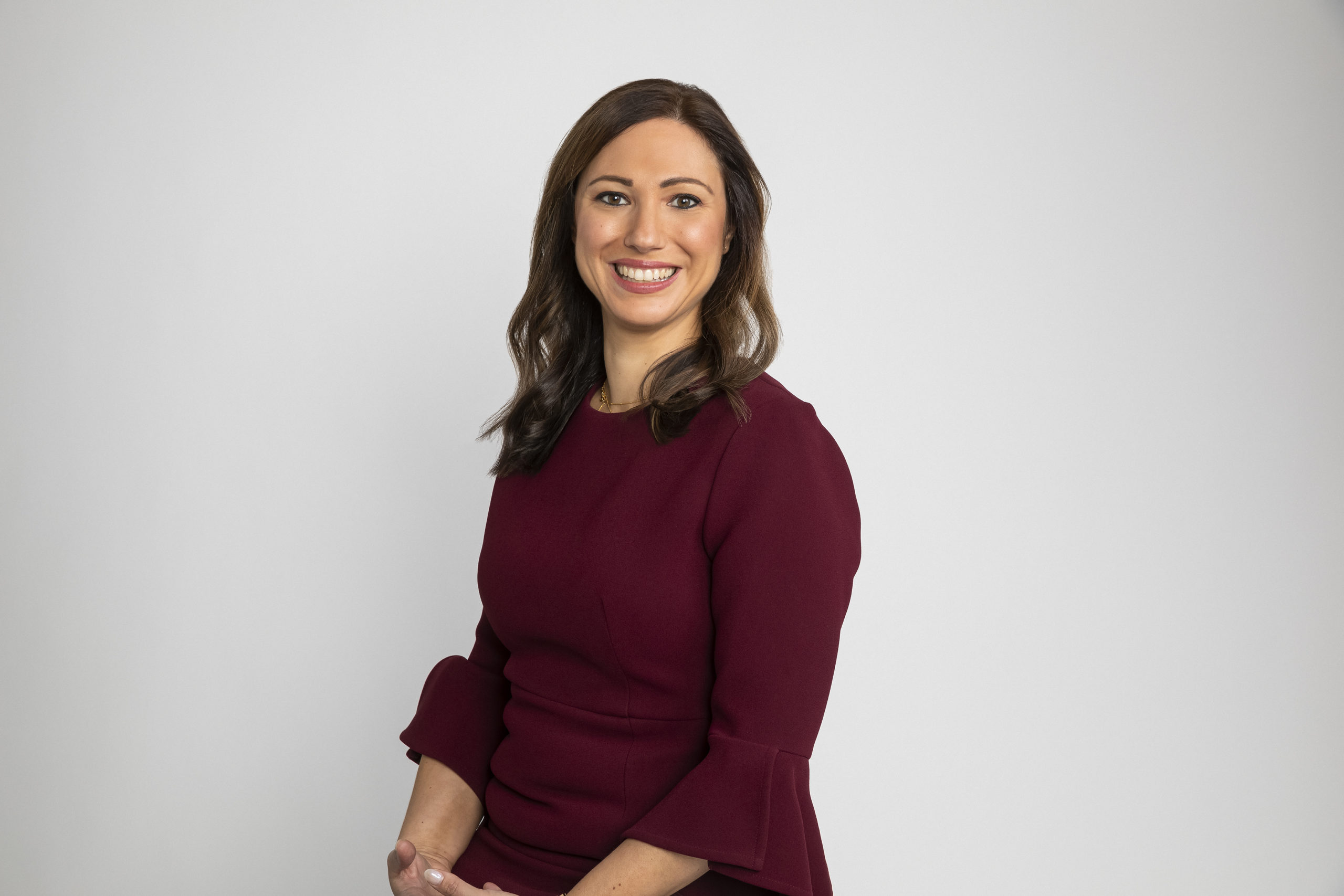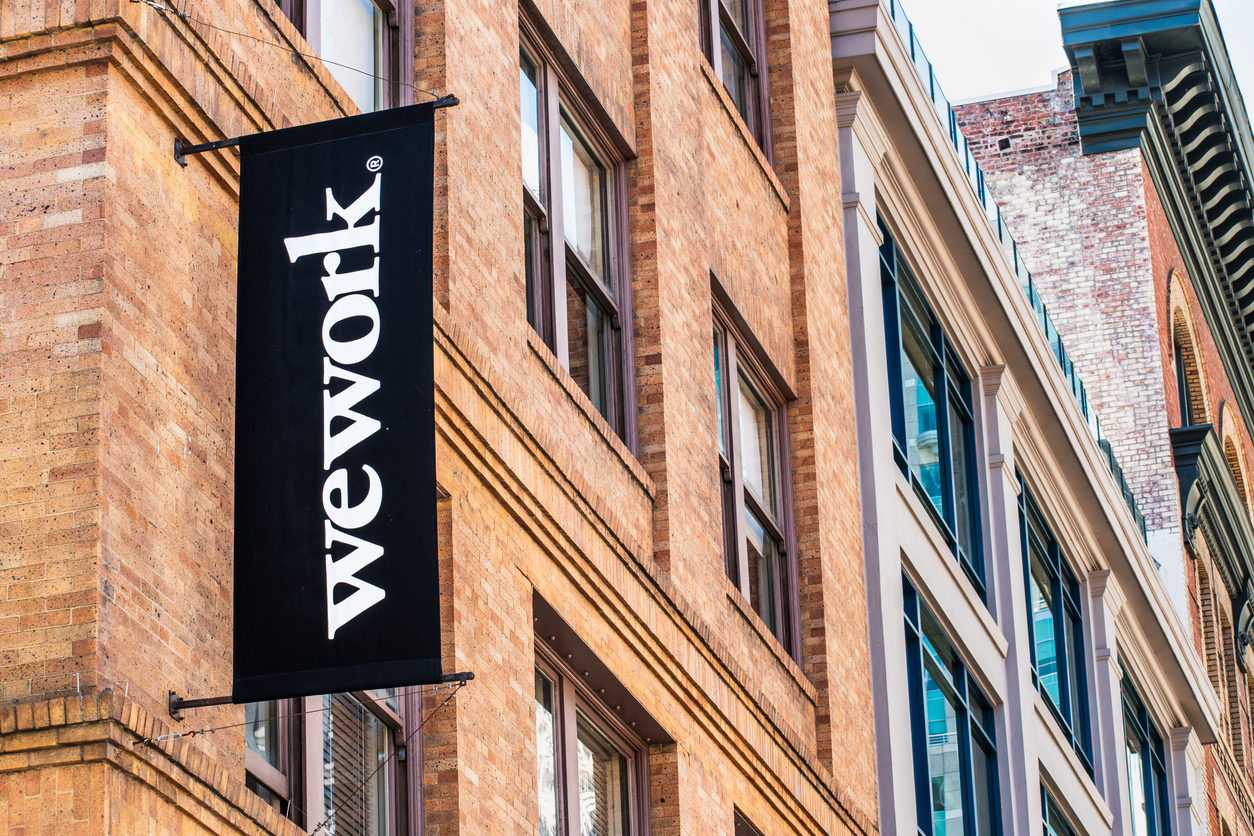
How MUFG is Tackling its Global HR and Conduct Challenge
Radar sits down with Angus MacGregor, Head of Global HR at MUFG Bank to discuss the importance of driving consistency across regions with different regulators; the impact of increased volumes of collaboration and communication platforms; and whether surveillance technology should ever be used to monitor conduct.
How have the last 18 months (and enforced remote working conditions) affected MUFG’s global HR strategy, and approach to addressing HR issues?
It has been a very interesting period. On the positive side, it’s accelerated our technology, and driven remote working, particularly from a Japanese cultural perspective where most of Japan Inc was used to working in an office, and, overnight, moving people to remote working.
With that has come advanced technology for mobility: laptops, BlackBerries, and iPhones have all seen accelerated usage. We’ve also accelerated our onboarding of a number of systems within our global HR team, and have pushed a lot of learning to self-service, or to remote, rather than face-to-face, so that’s a good thing.
On the developmental side, we’ve struggled with some of the obvious things around face-to-face meetings, bringing people together to brainstorm, develop, and innovate. I think it’s slowed down a number of our initiatives, our change programs, particularly.
Even if we use video conferencing tools and various social media, it’s very difficult to get things done without coming together every now and then to brainstorm, whiteboard, to ‘face to face’. I don’t think that will ever go away.
There’s been a slight negative or slight slowdown on some of the change strategies, which is part of the reason for me taking on the role over the last six months from previous Japanese leadership that had been brought in to try and drive global change.
Are there major differences in strategies between regions; if so, how do you ensure consistency and unity among different geographies?
There are many differences, but also lots of consistency. Part of my job is to drive consistency among the countries outside Japan. We’re in more than 50 countries, ranging from five or 10 (staff) in one country up to several thousands in others. It’s a very diverse portfolio.
There’s certainly consistency in many of the HR programs around performance management, talent management, and we’re bringing a workday recruitment global model, which is going to enable us to be consistent in the way we hire and move talent around from a mobility perspective, so we have a number of those in play.
It’s still difficult in every country because of some regulatory or union or work council requirements to do something differently. Also, many of the country heads want to drive their own process or program within that country as the leader.
That means we have a challenge to drive through the global requirements in each country, so that’s been a little bit of a barrier over time to change.
One example [of cultural differences] is the return to the workplace or the new ways of working. In America, we decided, with our 13,000 employees, that vaccines are required to come back to the office and we’re pushing for a return to work with a mix of office-based, hybrid, and remote working styles. In Asia, it’s more loose, per country, because of the different pace and positioning of the pandemic in each of those countries.
So, we’re being very soft at the moment in terms of working from home or returning voluntarily. In the EMEA region, we are advising vaccines for people to return safely, but not requiring it. So that’s an interesting take.
In Japan itself, there’s no insistence or requirement, as per Japanese culture, around requiring vaccines to come back to the office.
How has your role evolved to factor in the prevention and management of misconduct?
My role has a focus on the full suite of the service: the employment contract, the employment conduct, culture, and relationship.
People look toward the HR function as the carriers of culture, and the overseers of culture and conduct; that’s always been the way. I think that’s advanced over the last five years, and maybe accelerated during the pandemic because the number of cases has increased.
Because of the remoteness, and lack of visibility, people feel that they can raise issues as they’re on their own. I’ve always had a close tie with the compliance function. I have a number of meetings jointly with compliance.
We look at a number of cultural risk dashboards; data on conduct generally, and also separately, we have an employee relations review; and experts who look specifically at claims around any form of discrimination, or misconduct.
There’s a particular one in Japan called power hara (power harassment), which refers to putting too much pressure on juniors. This is the junior being put under too much pressure, driving them to a dangerous position at work, so we’re very much in play on that and look to both have programs to prevent it, and also to quickly intervene and solve it, and take quick action. And there are also many whistleblowing lines, which have HR or compliance as the person receiving that information on a non-disclosed basis from the individual perspective.
We’ve used this opportunity to push one of our five cultural values: Listen Up, Speak Up.
So, we’re doing training on that, particularly through this pandemic, as people have been working remotely to allow them to have an opportunity to talk about any issues, if they want to do that, without disclosing particular names or details. We do encourage them to be open and of course, there’s much more work to do, but it’s good that we’re focusing on it.
How do you eliminate the practice of karoshi (death from overwork)?
It’s an interesting concept, probably particular to Japan as they have a word for it. It came out of the 80s era, where people were overworking and some were taking pretty tough action. It sort of continued, less so over time, but it’s still sometimes reported in the media.
At MUFG Bank in Japan, everyone has to record the time they work in a system, and it’s monitored by their line manager. It’s checked during the week – not just at the end of the week – and it limits the number of hours they can work.
There’s some overtime where people are allowed to work overtime and that’s monitored, but if it gets to a certain level of hours, they don’t work.
From my perspective, where I manage my own time and I need a team to do things sometimes for long hours and sometimes not, it’s pretty frustrating because if someone says: “I’ve actually limited my hours, I can’t use a laptop anymore,” that’s not necessarily very commercial or client-focused, but it’s a draconian measure to stop any overworking.
If there was a limitless amount of resources available, how would you address misconduct, or seek to foster a better corporate culture at an organization as large as MUFG? What advice would you give?
I’d do a few things, but I still think that the fundamental focus is line management. Management 101 training for all, and mandated. I’d make that as comprehensive as possible. I’d also do all sorts of things on hiring, right through to regular development, and make it as interesting and fun as possible.
I’d focus on the line managers, particularly because they’re really doing the heavy lifting in terms of employee management, and driving the culture and conduct. So, lots of ready tools for them on spotting signs, training, remote working, etc.
Plus I’d bring in some much better tech on monitoring, and give them surveillance skills and stuff like that, while trying to stay on the right side of Big Brother, but, trying to sell it as a compliance conduct regulatory piece for the safety of employees, and trying to bring the benefits of that. I would bring in education communication programs, and continue to make it part of people’s culture.
So I think that overall, it would be to spend money on some things, but it’s still a personal responsibility for the employee and the line manager. So, essentially it is still a truism to take time on the hiring process, and to hire the right person with the right value. If you get that right, I mean, even if you get 60% of that right, then you’re doing better than most. Those people will carry that culture for you in the organization.
How has the increase in volume and diversity of communications; need for inclusion and diversity; and social duty changed the role of the HR team?
I think we’ve all had to get used to using a number of communication channels. We are using video conferencing tools, and email is still very big. We also have a number of quick chat systems.
Within HR communications, I am also responsible for communication, not just within HR, but communications generally — internal communication. We’ve had a number of specialists throughout the year, who have tried to bring more skills and sophistication around the managers’ usage of technology. I think we’re just scratching 10-20% of the surface when we use the system, for example when we have a one-to-one call or group call.
HR is looked to, partly because we own communications, but partly because we’re working a lot more with employees and encouraging cultural connection and engagement, and employee experience. We own both of those and that brings with it a level of diversity in terms of the types that we use, and people are being encouraged to vary the amounts of, and differences of, communication channels available to them.
Although the burden may fall on HR, we’re also partnering with the business the whole time. My role really is as a lead business partner to bring the service, and all of those skills to the business to help them accelerate what they do.
Has the above and Environmental, Social, and Governance (ESG) factors, for example, impacted the way, or frequency that you engage with other leaders?
There are two areas of focus for the CEO of MUFG: one is ESG and one is digitalization. So on ESG, we’re using that opportunity within HR and HR comms to drive out that social piece, and to improve diversity generally.
There are more communications, but they’re still not necessarily around social media and remote. In general, the senior leadership is less used to using remote tools, although they’ve advanced massively, versus the middle level and juniors. Some are great at it, and some are still reluctant, and they’re just using the tools to make phone calls. So it’s not really that effective, but they’re all doing a lot more of it, because of the requirements to connect with their teams, and there’s an element of social wellbeing and mental health here, with the remote worker.
So, that individual connection and discussion with the employee on a remote basis is quite a skill for the leader who’s not used to it, but we’re still craving face-to-face.
The other skill for a leader to develop is fluency of communication. Right up to probably my age, around the 50s, we use social media a lot, so we’re on it the whole time. We’ve all taken to it, yet we don’t translate that into work, that level of fluency around how we communicate socially versus work-related, there’s still a massive gap. And I still think we can close that gap using this sort of social agenda.
With increasing regulatory scrutiny, and a growing trend toward viewing non-financial misconduct as harmful and disruptive as financial misconduct, has there been a shift in ownership and responsibility of addressing misconduct at MUFG? Is the chief compliance officer taking an increasing role in guaranteeing proper workplace conduct?
It’s best addressed to the COO or CCO, but what I’d say is personal responsibility is underlying all of this. There’s also the regime in the UK: the Senior Managers Regime, which is fairly new, but has been tested a bit recently. The idea of it is simple: you can go to the SMF1, at the top of the organization and they have accountability, so then it’s down to each of those to delegate to appropriate controls.
With some of those, if you’re talking non-financial misconduct, then you’re probably pointing at some areas like Risk Finance, Compliance, and HR to cover all of those. Each of us is on the hook in that regime, on behalf of the CEO in the organization. We’ll certainly look at dashboards, data and work collaboratively with the chief compliance officer and the chief risk officer, it’s not just on compliance for misconduct. Then the three of us look at underlying data and case hotspots.
We don’t have particular sensitivity technology to see whether there might be waves or spots coming up, but I’ve actually tested, and seen some of them. I like them a lot; they look at emails, and test the sensitivity using the language, but we didn’t really have a business case for it, or what to do with the data once we get it at that level. So, we’re left with risk dashboards and cultural dashboards.
Basically, over the last couple of years, we’ve focused on pushing culture into the KPIs, or the scorecards of each individual, not just the material risk takers.
So, we can also look at the top 200 in the UK, for example, who are material risk-takers, and they have a different level of burden and responsibility, but everybody has a scorecard in their KPIs, with 50% on the cultural side; how they do things, and we are challenged on that by the board, the remuneration committee and the regulators. So each year, it’s getting better and better as to what were your financials, and what were your objectives, but also how did you do things? What did you do on integrity? What did you do on professionalism or teamwork? What did you do on Listen Up, Speak Up? They have to have good answers and evidence.
There’s no substitute for the proper employer relations process. Whether people are challenging because they’re in a low-performing position and they’re basically throwing everything they can at the organization, or is it because there’s a line manager who’s not behaving appropriately and we’ll deal with it.
So, there’ll always be that, “He said, she said,” in the organization, and trying to unpick that is still very hard and time-consuming, and costly, but it’s necessary in order to make sure we’ve got the right people in the organization.







